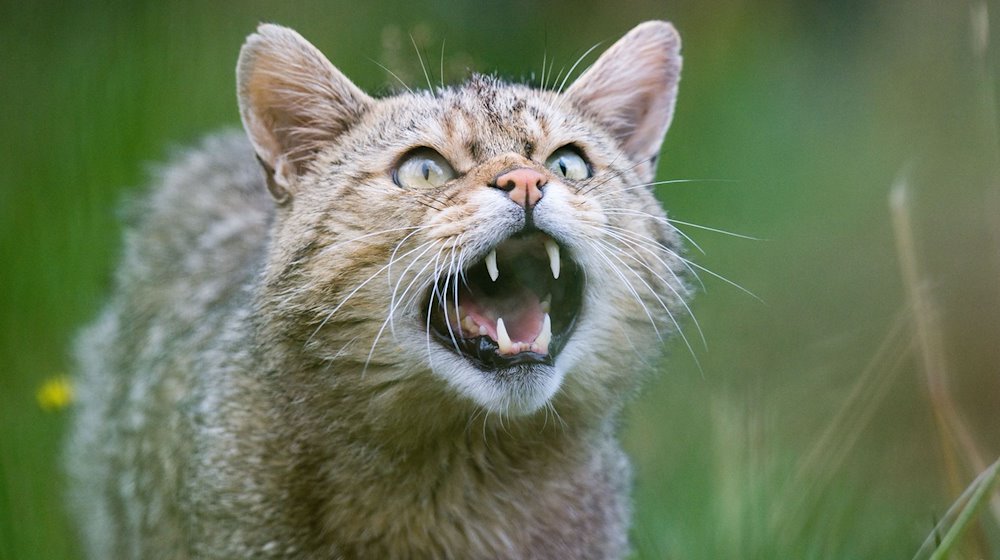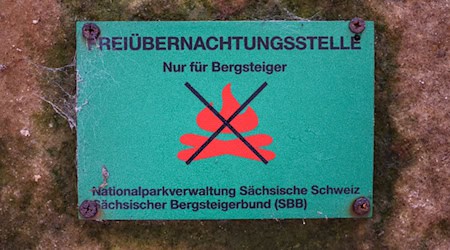Wildcats are back in Saxony's forests. The wildcat was thought to be extinct in the Free State, but is now gradually returning to its old habitats, said Marlen Schmid from the Saxony Wildcat Rescue Network of the German Federation for the Environment and Nature Conservation (BUND) on Wednesday in response to an inquiry. There are currently two proven local populations in the Leipzig alluvial forest and the Werdauer forest. There is also evidence from the Vogtland and the Dübener Heide. However, both the Leipziger Auwald and the Werdauer Wald are surrounded by barriers - settlements, towns and farmland. For the time being, it is therefore not possible for the wildcats to penetrate new areas from there.
On Wednesday, BUND reported in detail on the development in the Werdauer Forest. The conservationists have been carrying out wildcat monitoring here since 2020 in cooperation with the Sachsenforst state enterprise, the Gräfenmühle district nature conservation station and many volunteers. The detections were not too scarce, they said. A total of nine individuals were detected in 2023. "The detection of two females is particularly pleasing, as they have particularly high demands on their habitat, as they are solely responsible for rearing their young and need plenty of hiding places to do so," emphasized Almut Gaisbauer, Head of the Wildcat Rescue Network.
According to experts, the wildcat prefers structurally rich deciduous and mixed forests. Dead wood or fallen root plates serve as hiding places, adjacent meadows and clearings as hunting grounds. At the same time, the nature conservationists asked for presidency. This is because April is the beginning of the wildcat whelping season. "While the little wild kittens are still nestlings at first, after a few weeks they are already exploring their surroundings. They are not always guarded by their mother, who is usually close by or out hunting." Walkers might mistake the little cats for house cats and take them home. But they cannot be tamed there. They should therefore be left where they are and findings should be reported to BUND or the forester.
Copyright 2024, dpa (www.dpa.de). All rights reserved










